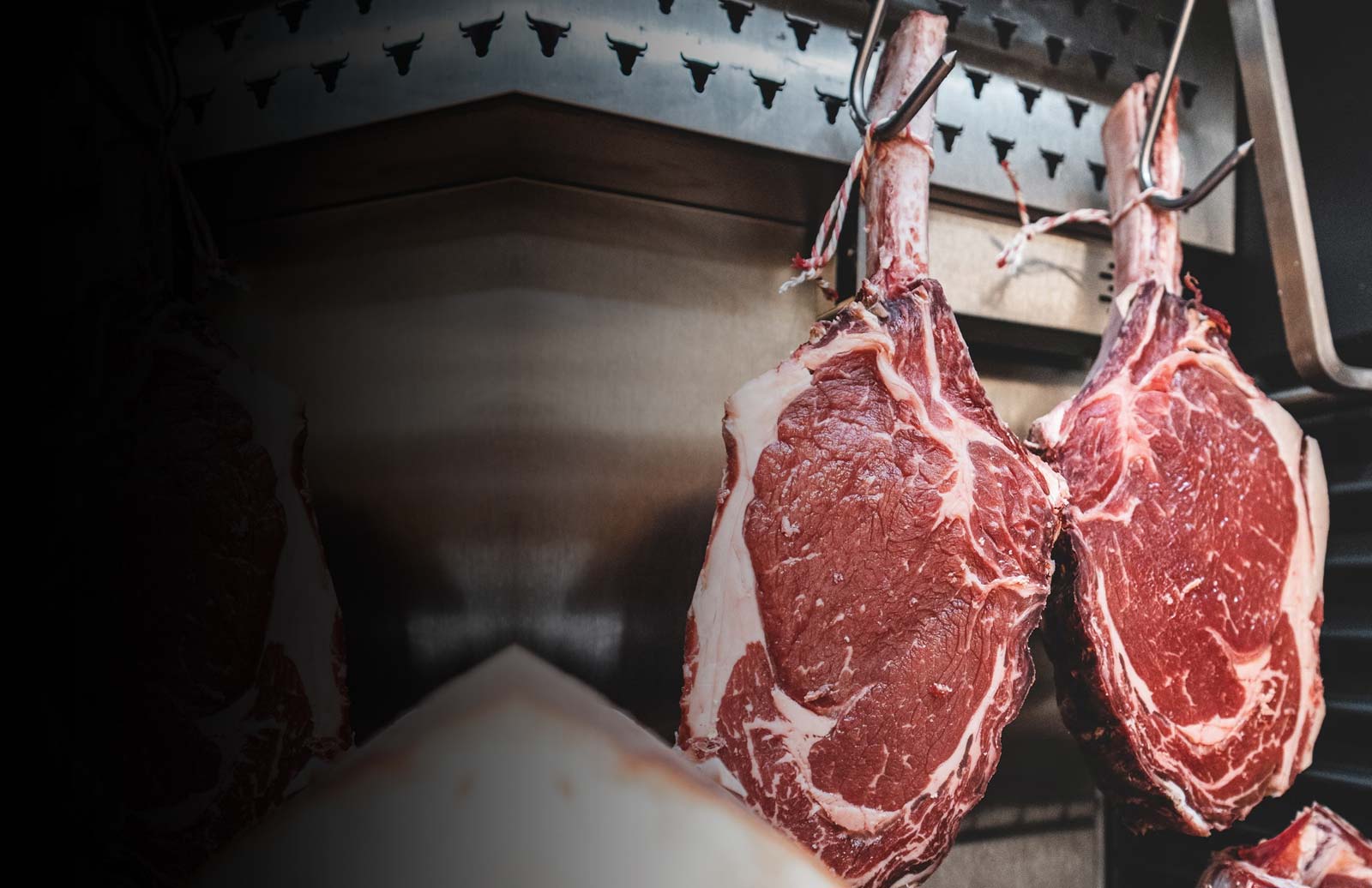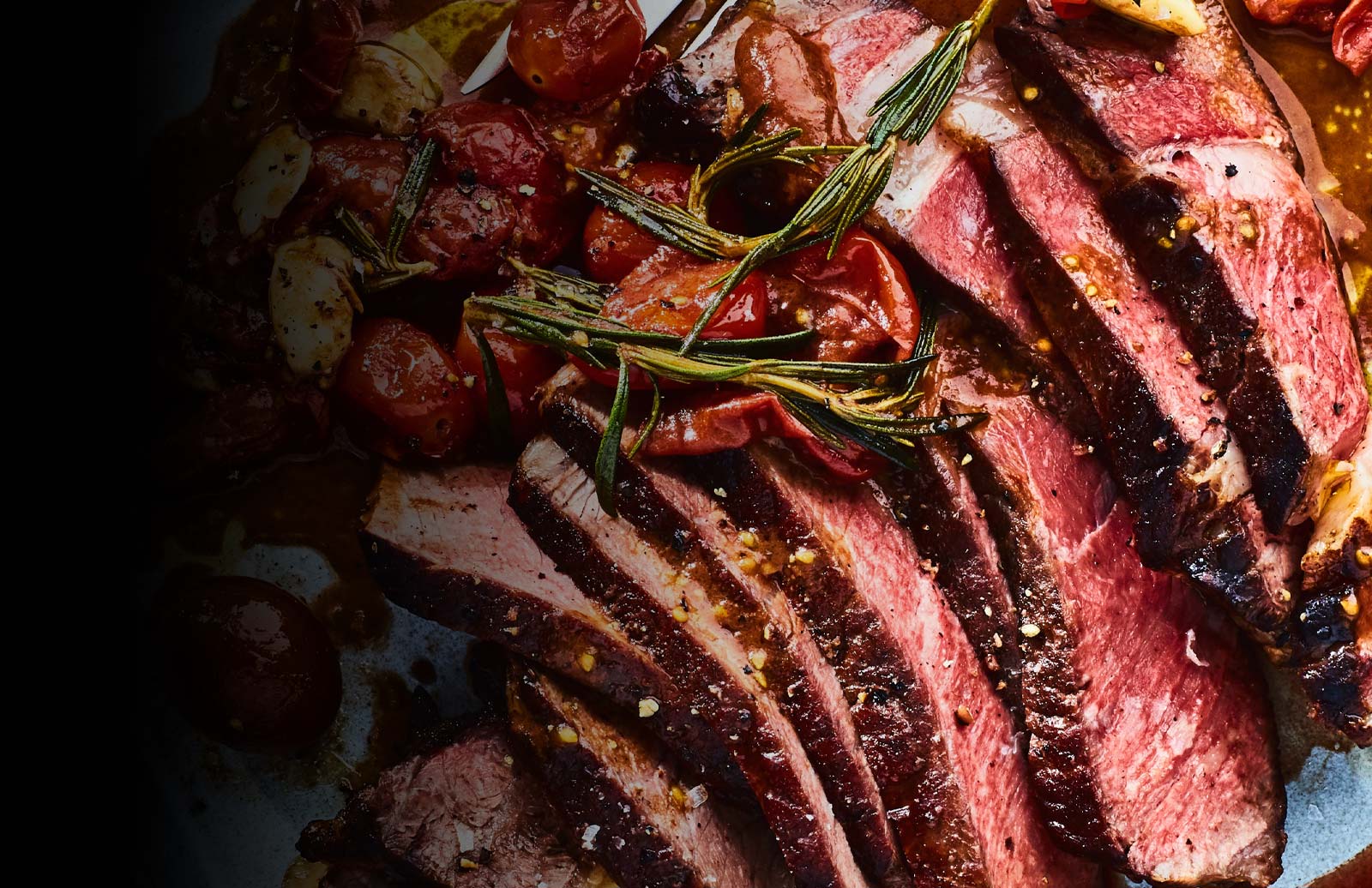The Science Behind Premium Beef: Why Omega 6:3 Ratios Matter
When it comes to premium beef quality, there's one crucial metric that separates exceptional grass-fed beef from ordinary grain-fed products: the omega 6:3 fatty acid ratio. This scientific measurement has become increasingly important in culinary and health circles, serving as a reliable indicator of both nutritional value and production quality.
Understanding the Omega Ratio
Omega-6 and omega-3 fatty acids are essential polyunsaturated fats that our bodies cannot produce on their own. According to research published in the National Center for Biotechnology Information, "A healthy diet should consist of roughly one to four times more omega-6 fatty acids than omega-3 fatty acids." However, the modern Western diet has dramatically skewed this balance, with ratios reaching "around 20:1 or higher" compared to our ancestors who consumed diets "with an omega-6:3 fatty acid ratio of approximately 1:1."
The Stark Difference in Production Methods
The feeding method used in cattle production creates dramatic differences in omega ratios:
Grain-Fed Beef: Conventional store-bought beef from grain-fed cattle typically shows omega 6:3 ratios "between 15:1 and 20:1," according to multiple industry sources. This occurs because cattle are fed high concentrations of corn and soy, which are naturally high in omega-6 fatty acids.
Standard Grass-Fed Beef: Even basic grass-fed operations achieve much better ratios, typically "closer to 3:1, well within the 4:1 guidelines of a standard healthy diet," as noted by nutrition researchers.
Premium Grass-Fed Operations: The highest quality grass-fed beef can achieve ratios as low as 1:1, with some operations reporting ratios of "1:1.4, which would more commonly be listed as 1:1."
Why Lower Ratios Indicate Superior Quality
A low omega 6:3 ratio serves as a reliable indicator that "the animal was harvested off fresh growing green vegetation," according to DS Family Farm's research. This is because "Omega-3s are formed in the chloroplasts of green leaves and algae," with "sixty percent of the fatty acids in grass" being omega-3s.
When cattle consume fresh, growing pasture, they naturally accumulate these beneficial omega-3 fatty acids in their tissues. Conversely, "when cattle are taken off omega-3 rich grass and shipped to a feedlot to be fattened on omega-3 poor grain, they begin losing their store of this beneficial fat."
The Health Benefits of Better Ratios
Research consistently shows that lower omega 6:3 ratios provide significant health advantages. Studies indicate that people with diets rich in omega-3s "are 50 percent less likely to suffer a heart attack" and "are less likely to suffer from depression, schizophrenia, attention deficit disorder (hyperactivity), or Alzheimer's disease."
The Newcastle University research published in Future Foods confirms that grass-fed beef with proper omega ratios can be recognized as "a source of long-chain omega-3 fatty acids," with these fats having "anti-inflammatory properties" that contribute to better health outcomes.
Carter Country Meats: Setting the Gold Standard
At Carter Country Meats www.cartercountrymeats.com, our commitment to premium pasture management has resulted in beef with an exceptional omega 6:3 ratio of just 1.2:1. This places our beef among the absolute finest available anywhere, surpassing even the best grass-fed operations documented in recent studies.
Our 1.2:1 ratio means that every serving of Carter Country Meats beef provides:
- Maximum Omega-3 Content: Our beef contains significantly higher levels of beneficial omega-3 fatty acids compared to conventional beef
- Anti-Inflammatory Benefits: The balanced fatty acid profile supports reduced inflammation in the body
- Superior Nutritional Value: Our ratio approaches the 1:1 balance that humans evolved consuming
- Verified Quality: This measurable metric proves our cattle are finishing on the highest quality fresh forage
The Science Behind Our Success
Achieving a 1.2:1 omega ratio requires exceptional pasture management and careful attention to cattle nutrition throughout their entire lives. Research shows that "each day that an animal spends in the feedlot, its supply of omega-3s is diminished," which is why our 100% grass-fed, grass-finished approach is essential.
Our results demonstrate what the Practical Farmers of Iowa research confirms: proper grass-finishing "when cattle consume only forage prior to harvest" can produce beef with omega ratios that "exceed the recommendation for healthy diets."
Making the Premium Choice
When you choose Carter Country Meats beef with our 1.2:1 omega 6:3 ratio, you're not just selecting premium taste – you're choosing beef that supports optimal health. Our ratio is better than the "2.79:1 average for all grass-fed beef samples" in recent industry studies, placing our beef in a category of its own.
The science is clear: omega 6:3 ratios serve as a reliable indicator of beef quality, and our 1.2:1 ratio represents the pinnacle of what's achievable through dedicated pasture management and cattle care.
Experience the Carter Country Meats difference – where exceptional omega ratios meet uncompromising quality. Visit www.cartercountrymeats.com to learn more about our premium grass-fed beef.
Sources
- National Center for Biotechnology Information - "A review of fatty acid profiles and antioxidant content in grass-fed and grain-fed beef"
- Hi Bräu Beef - "Omega-6 to Omega-3 Ratios in Grass-Fed Beef"
- DS Family Farm - "Annual Omega 6:3 Ratio Update"
- Chomps Nutrition - "Grass-Fed Beef Omega-6 to Omega-3 Ratio Has Many Health Benefits"
- Weatherbury Farm - "Grass Fed Beef Balanced Omega 3's & 6's"
- PMC - "Fatty Acid Composition of Grain- and Grass-Fed Beef and Their Nutritional Value and Health Implication"
- Grass Roots Farmers' Cooperative - "We Had Our Grass-fed Meat Tested! Find Out the Nutritional Value"
- Florida Premium Beef - "The Omega Debate: Omega-3 VS Omega-6"
- Practical Farmers of Iowa - "Carcass Characteristics, Meat Quality and Fatty Acid Composition of 100% Grass-Fed Beef"
- Pasture for Life - "100% pasture-fed beef a source of beneficial omega-3 fatty acids"



